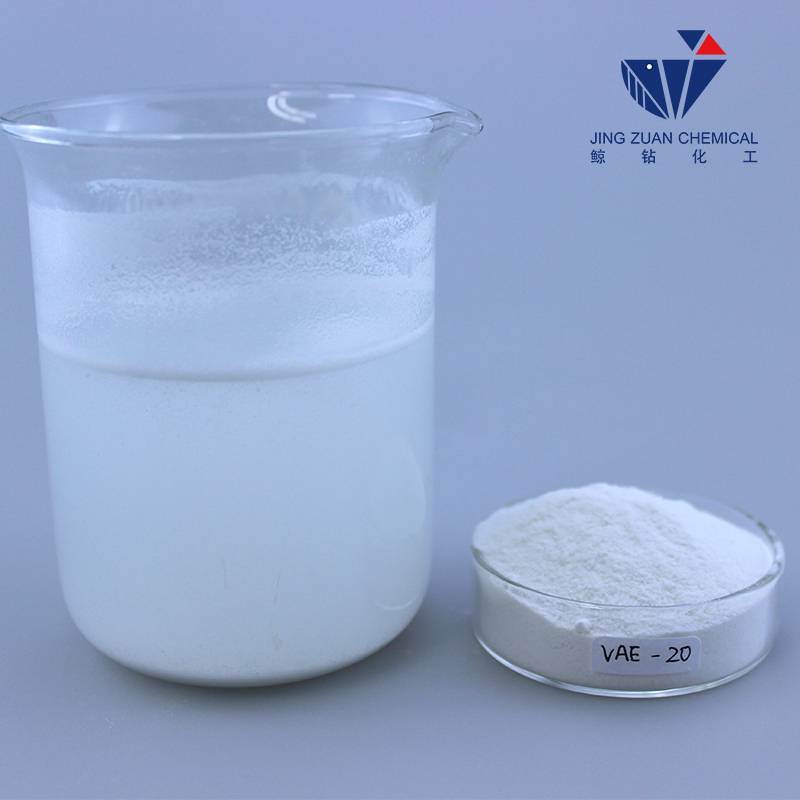
Jul . 29, 2024 22:46 Back to list
Exploring the Applications and Benefits of HPMC in Cellulose Derivatives and Their Uses
The Role of Cellulose and Hydroxypropyl Methylcellulose (HPMC) in Modern Applications
Cellulose, a vital component of the plant cell wall, is one of the most abundant biopolymers on Earth. It is a polysaccharide consisting of linear chains of β(1→4) linked D-glucose units. Due to its structural complexity and versatility, cellulose serves as a crucial raw material for various applications across multiple industries. One of its modified forms, Hydroxypropyl Methylcellulose (HPMC), represents a significant advancement in its utility, particularly in the fields of pharmaceuticals, food, and construction.
The Role of Cellulose and Hydroxypropyl Methylcellulose (HPMC) in Modern Applications
In the pharmaceutical industry, HPMC is widely utilized as an excipient in the formulation of drug delivery systems. It acts as a binding agent in tablets, ensuring uniform distribution and stability of the active ingredients. Moreover, HPMC is employed in controlled-release formulations, allowing for the gradual release of medication over time, which enhances therapeutic efficacy and reduces the frequency of dosing. Its ability to form hydrogels also makes it valuable in producing ophthalmic solutions, where it helps maintain moisture and provide prolonged ocular retention.
celulosa hpmc

In the food industry, HPMC serves as a versatile food additive. It is used as a thickener, stabilizer, and emulsifier, enhancing texture and preventing separation in various food products, including sauces, dressings, and baked goods. Moreover, HPMC is often employed in gluten-free products, where it improves dough handling and texture, mimicking the properties of gluten. Its ability to retain moisture also contributes to the shelf life of food products by reducing spoilage.
The construction industry benefits from HPMC as well. It is commonly used in construction chemicals, particularly in the formulation of mortars and plasters. HPMC enhances the workability of these materials, allowing for easier application and smoother finishes. Additionally, it improves water retention in mortar mixtures, leading to better curing and bonding properties. This is especially crucial in harsh environments where evaporation rates are high.
Environmental concerns have also sparked interest in cellulose-based materials. As a renewable resource, cellulose offers a sustainable alternative to conventional petroleum-based polymers. The development of biodegradable products from cellulose and its derivatives, including HPMC, is gaining traction. These products can help reduce plastic pollution and promote environmental sustainability without sacrificing performance.
In conclusion, cellulose and its derivative, Hydroxypropyl Methylcellulose (HPMC), play significant roles in various sectors, from pharmaceuticals to food and construction. The unique properties of HPMC, such as its solubility, thickening ability, and stabilizing characteristics, make it a valuable ingredient in numerous formulations. As industries continue to seek sustainable alternatives to synthetic materials, the demand for cellulose-derived products like HPMC is expected to grow, highlighting the importance of this natural polymer in driving innovation and sustainability in modern applications. With ongoing research and advancements, cellulose and HPMC will likely remain at the forefront of material science, contributing to a more sustainable and efficient future.
-
Versatile Hpmc Uses in Different Industries
NewsJun.19,2025
-
Redispersible Powder's Role in Enhancing Durability of Construction Products
NewsJun.19,2025
-
Hydroxyethyl Cellulose Applications Driving Green Industrial Processes
NewsJun.19,2025
-
Exploring Different Redispersible Polymer Powder
NewsJun.19,2025
-
Choosing the Right Mortar Bonding Agent
NewsJun.19,2025
-
Applications and Significance of China Hpmc in Modern Industries
NewsJun.19,2025







